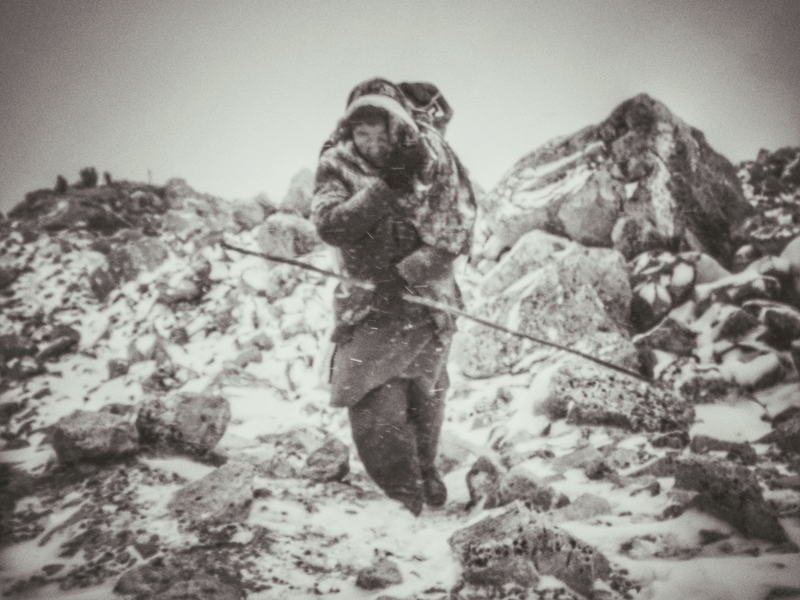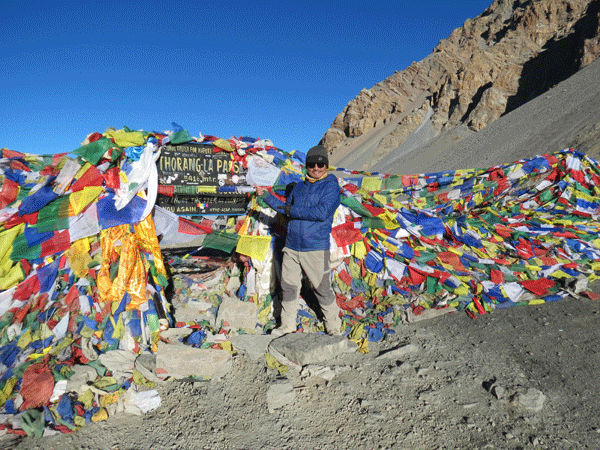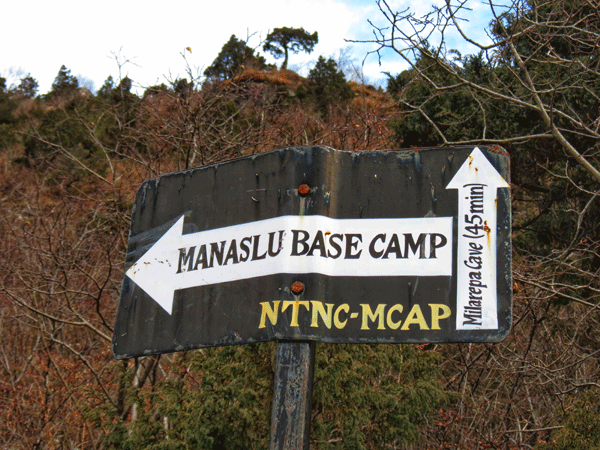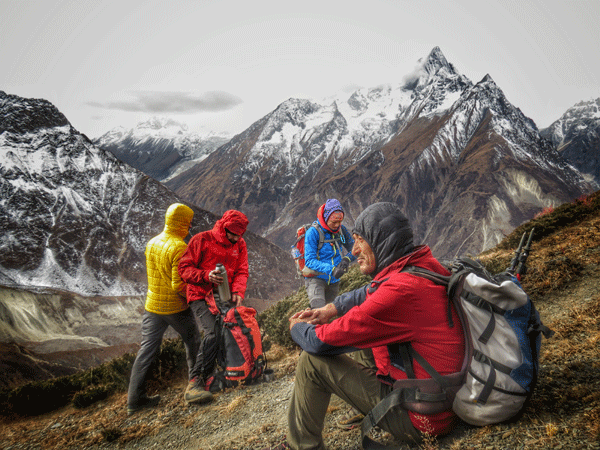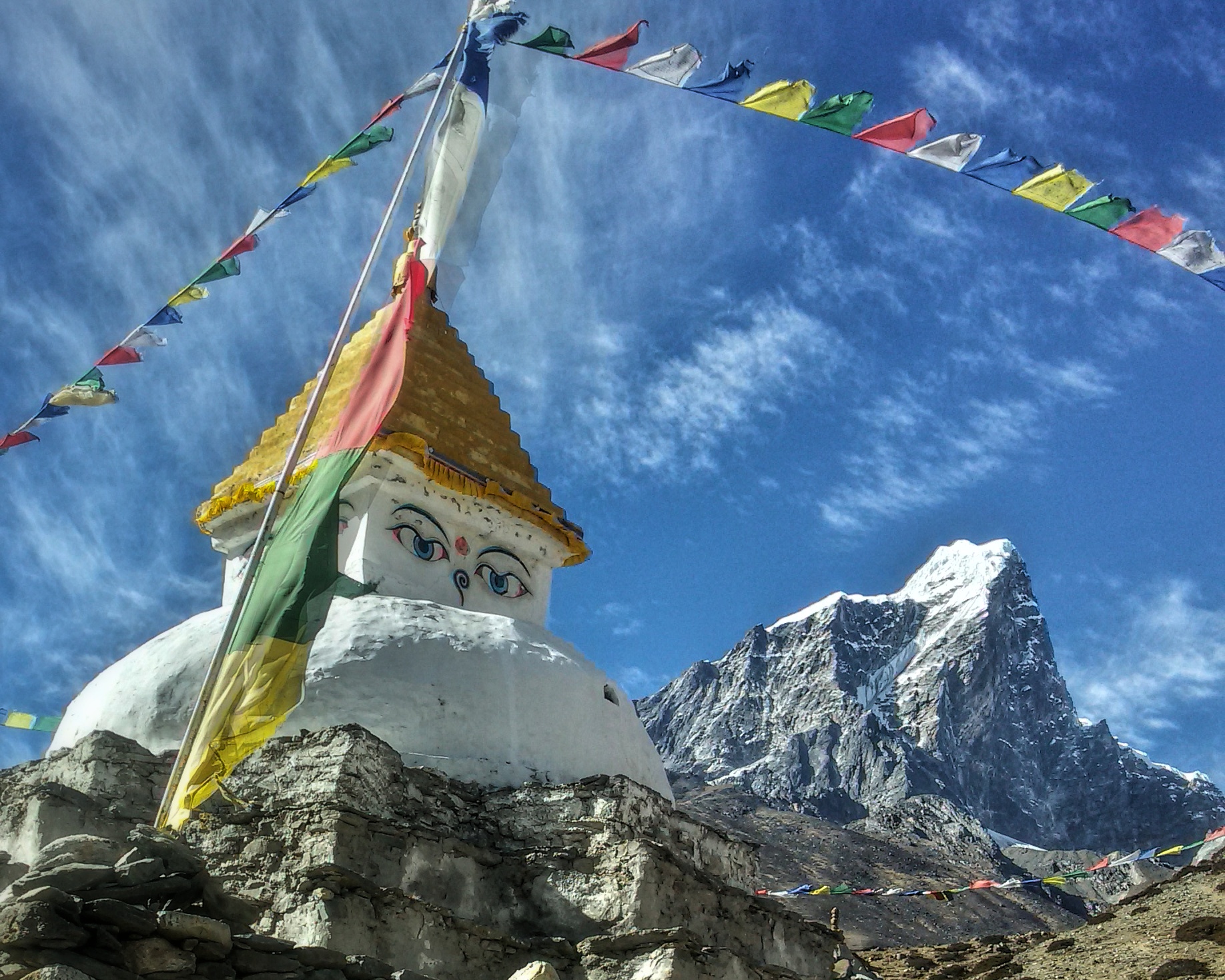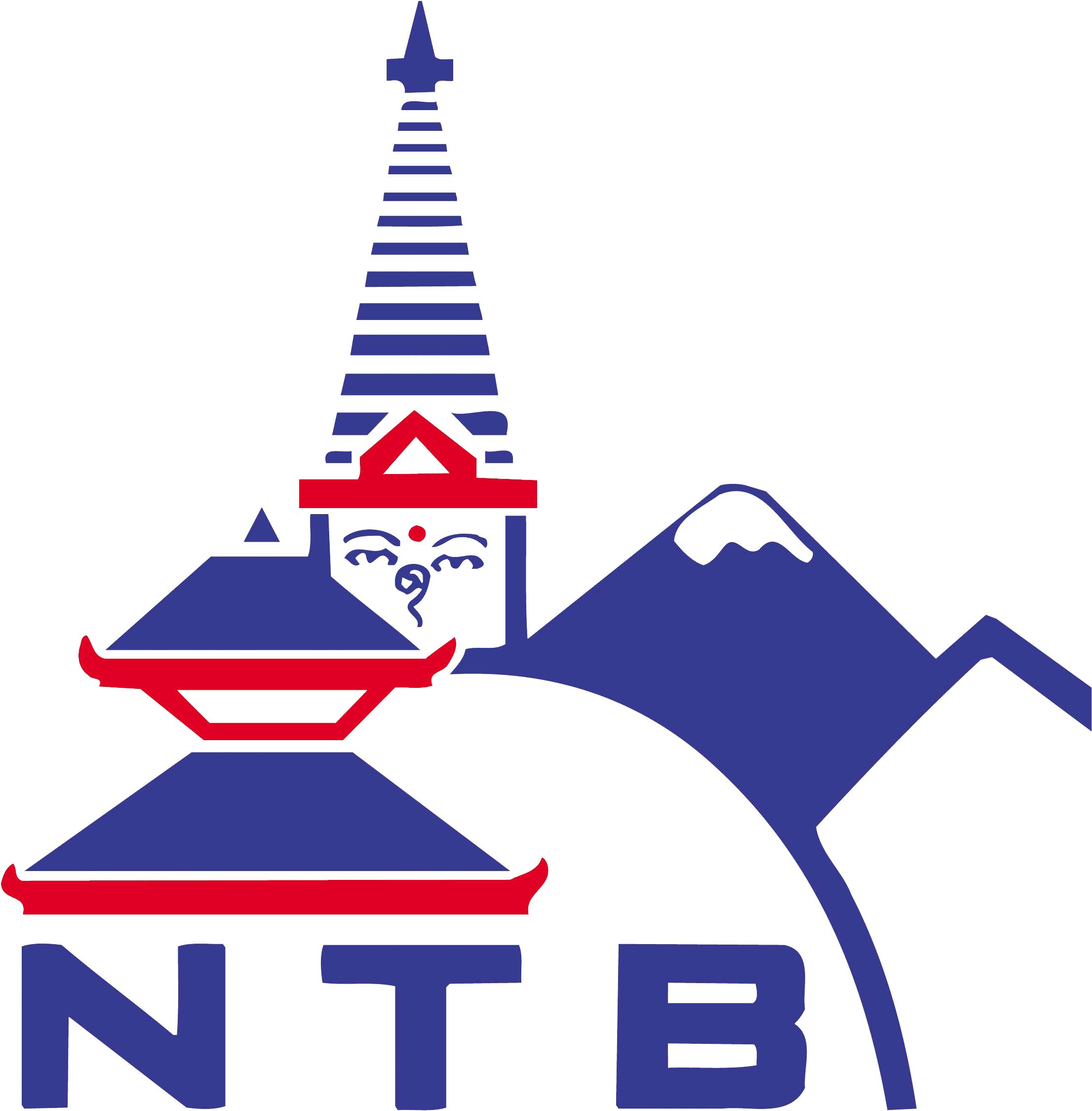FOOTPRINTS THAT LEAD THE WAY.
A brief history of trekking in Nepal.
The word “Trek" comes from the language of Boers, the descendants of Dutch farmers in South Africa. The expansion of settlers from England, in the nineteenth century, forced the Dutch settlers to migrate to the north of the country, undertaking a difficult and arduous journey (trek) across the wilderness of southern Africa.
The history of Nepal starts in the 18th century when various small principalities scattered across the land were united under one kingdom. The independent sovereign, mostly remained closed to the outside world, with invitees only of royalties, dignitaries, renowned personalities, botanists and naturalists allowed to visit the country. “An Account of the Kingdom of Nepal”, a book written by Captain Kirk Patrick on his mission as a British military diplomat in 1792, would introduce the Himalayan country to the wider western public.
History dates to 1841 when a British Survey team led by Sir George Everest would recognise an obscured peak in the Himalaya as the world’s tallest mountain (8,848m/29029ft). In 1865, the Royal Geographical Society would officially name Mt. Everest against the wishes of Sir George Everest. It was only in the early 1920s when the first expeditions to ascent Mt. Everest or Sagarmatha, the Nepalese name for the summit, would be led by the British Mount Everest Expedition Team, via an approach from Tibet as Nepal was closed to foreign entries. In 1924, the disappearance of the British explorer duo, George Mallory and Andrew ‘Sandy' Irvine, who were last seen about 245m/ 800ft below the summit have raised much speculations and debates on whether they were the first to summit Mt. Everest. Their tragic end on the north east ridge of the mountain has left many unanswered questions and debates. Much of the 1930s and the 1940s would see unsuccessful attempts by various international teams to scale the tallest mountain through Tibet.
Opening the Pandora Box.
In 1949, the then king, Tribhuvan Bir Bikram Shah recognized the untapped prestige and potentialities of the Himalaya and granted an exceptional permission to the Joint Himalayan Committee, a body formed by the Alpine Club and the Royal Geographical Society, to survey the mountains and routes in the Himalaya. A year later in 1950, a team led by the recognised British mountaineer and explorer, Major Harold William “Bill" Tilman, would be the first to arrive and examine the Khumbu Icefall as a mean to climb Mt. Everest – the subsequent route taken by mountaineers ever since. Furthermore, the successful reconnaissance and ascent of Annapurna I (8,091m / 26,545ft) in 1950 by the French Expedition Team led by Maurice Herzog would see the first summit of mountains over 8,000m/26,250ft. Three years later, in 1953, Sir Edmund Hillary and Tenzing Norgay Sherpa would leave their lasting legacy as the first men to scale up the world’s tallest mountain, Mt. Everest (Sagarmatha). The two landmark mountaineering events did much to publicize and promote Nepal as a tourism destination to the world, opening floodgates of western tourist and mountain enthusiasts. Earlier the same year, in 1950, Swiss geologist Dr. Toni Hagen would be the first foreigner to trek across Nepal conducting geological and geographic surveys for the United Nations.
Soon the growing visitors to the mystical Himalayan paradise quickly generated a need to create an institutional infrastructure to promote and develop tourism, and saw the establishment of Tourism Development Board in 1959, culminating to the establishment of Nepal Tourism Board in 1998.
The Father of Trekking
Lieutenant Colonel James Owen Merion Roberts, a highly decorated British Army officer stationed in Kathmandu as a Military Attaché to the British Embassy, recognised the commercial impact of promoting walking experiences in the Himalaya to mountain enthusiasts in the west. A vivid mountaineer and explorer, himself, Lieutenant Colonel Roberts designed an innovative logistic of providing easily available assistance and necessities that included tents and Sherpa companions to guide along the rough terrains, a practice still in use. The revolutionary experience offered travellers comfort and expert guidance, which allowed casual enthusiasts to traverse the Himalayan wilderness with ease. After his retirement from the British Army, he registered “Mountain Travel Nepal” in 1964 as the first mountaineering outfit in Nepal, coining the term “Trekking" to describe the novel service. His first clients were three elderly American ladies who hiked till the Everest Base Camp in 1965. A former officer to the British Gurkha regiments, Lieutenant Colonel Roberts’ love for his adopted country and her people, and his lifelong contributions to the development of tourism in Nepal would lovingly attribute him to the status of “Father of Trekking".
The Hunt for a Mythical Legend
The allure of the mystical Himalayan highlands was further captivated by the folklore creatures, the Yeti - a human-sized creature that resembles an ape or a bear and living in the high mountains, referred as the Abominable Snowman in the western media. Accounts of tall bipedal creatures covered with long dark hair hunting livestock in the mountains were popularly shared among the Himalayan communities for generations. The tales of the Yeti, the ‘Wild Man’ in Sherpa language, were published as early as 1832, and continued to intrigue and seduce the western culture during, much of, the 19th and 20th centuries.
With the first determined attempts, in the 1920s, to scale the many mountains in the area, reports of ape-like creatures or strange tracks or human-like footprints became more frequent. In 1951, during a reconnaissance expedition to explore alternative routes up Mt. Everest, the highly respected British explorer, Eric Shipton, was able to photograph a print that looked like a human footprint, but with a thumb and toes 13 inches in size. He lined up his ice-pick next to the print for size comparison. Soon, the Yeti-obsessed crowd, stretching from anthropologists to zoologist to wealthy personalities, ascended up the Himalaya to collect best evidence of Yeti's existence. The most famous of them was the Daily Mails Snowman Expedition of 1954 when hair samples from the Yeti scalps exhibited at Pangboche and Khumjung along with photos of unidentifiable prints were collected for scientific studies. The 1957 expedition funded by Thomas Baker “Tom" Slick Jr., an American Oil Businessman, reportedly had 500 porters, several bloodhounds to track the scents, and lasted for six months. The western interest in the Himalayan Abominable Snowman extended enough for, even, Sir Edmund Hillary along with his partner Griffith Pugh to maintain expeditions in 1960 and 1961 to Rolwaling and Khumbu in search of the folklore creatures.
A Faster Way to Everest
The treacherous landscapes in the Himalaya have seen little road access on its complex terrains. The nearest point on the road to Khumbu was in the village of Jiri and took over three weeks walk meandering through the beautiful Solu Khumbu region at the lower reaches. Realizing a need for an airstrip in the impoverished area to help spur developments in the local Sherpa communities, in 1964, Sir Edmund Hillary with the help from the locals carved out an airstrip on the side of a mountain in Lukla. Locate at an altitude of 2,860 meters/9,383 feet, the airport could cut back most treks to Everest Base Camp to only two weeks, which fit nicely into the annual holiday break for western travellers. The airstrip also allowed for moderate trekkers and hikers to travel to Everest Base Camp with ease, which further helped in the exponential growth of travellers by every year. By 1980s, the now named Hillary Tenzing Airport had become the main entry point for tourist trekking to the Khumbu region, and currently, around 30,000 people fly a year to the infamous Himalayan airport.
The Greatest Wilderness in the Planet
Over the years, interest in the Himalaya grew at overwhelming rates. An umbrella institute, the Trekking Agencies Association of Nepal (TAAN), was established in 1979 by a body of various outfits to regulate, promote and develop the sector. Nepal’s reputation as a peaceful nation guaranteed safe haven for outdoor adventurers and enthusiasts, and played a significant role in the overall success of mountaineering and trekking in the country. Rarely a period has gone by without news of enduring accomplishments or records of daring feats are not recognised around the splendours of the Himalayan mountains. Even novelty events such as the world’s highest golf tee off, world’s highest game of rugby, world’s highest fashion show, the annual Everest Marathons and few others have received much fanfares and promotions. In a world, where nature is slowly getting overrun by human developments, the mighty Himalaya still stand untamed and wild; unmoveable as her name, the Greatest Wilderness in the planet.
